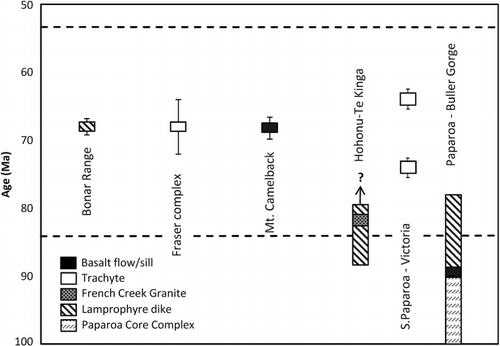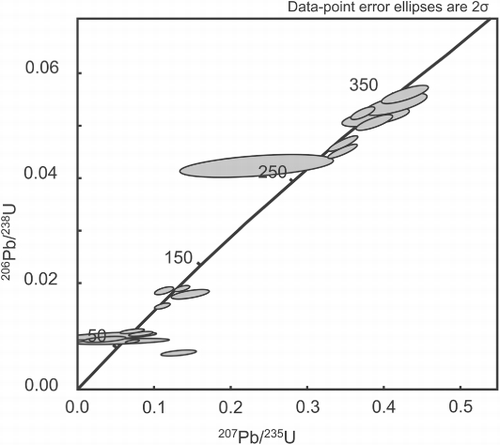Figures & data
Table 1 Recalculation of K/Ar ages of lamprophyre dikes and a basalt sill reported by Adams & Nathan (Citation1978) to decay constants of Steiger & Jäger (Citation1977).
Table 2 Results of 40Ar/39Ar analyses by laser heating at Universität Potsdam and Lund University (OU79915, OU79943, OU79956 and KST-2).
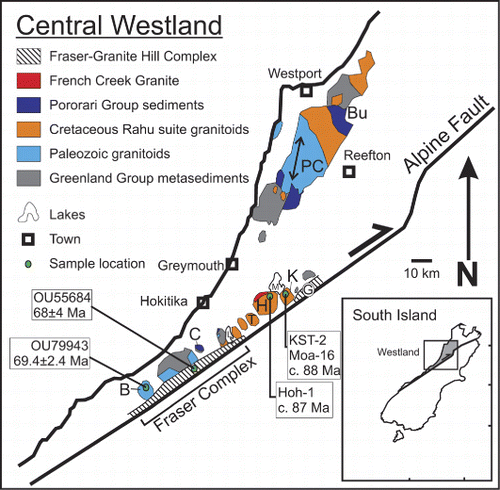
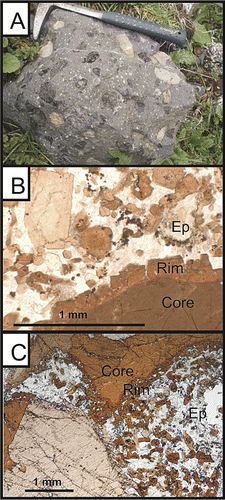
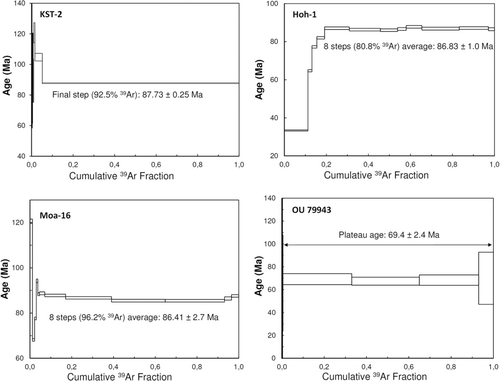
Table 3 Results of 40Ar/39Ar analyses at UNLV (Hoh-1 and Moa-16).
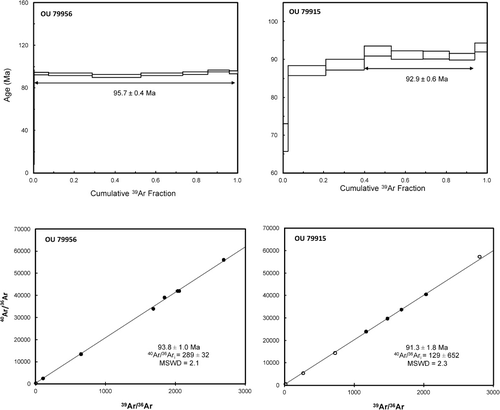
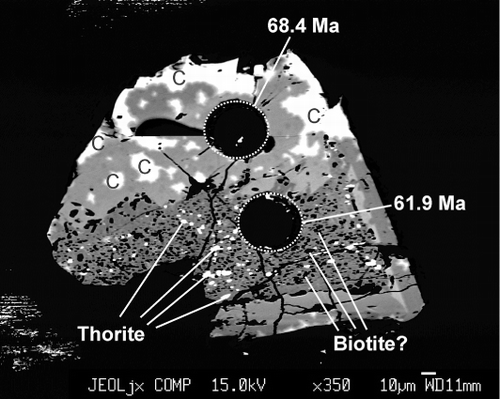
Table 4 Full LA-ICP-MS results for sample OU55684.
Table 5 Summary of new age results and their locations.
